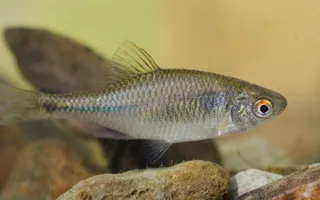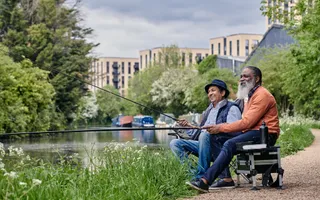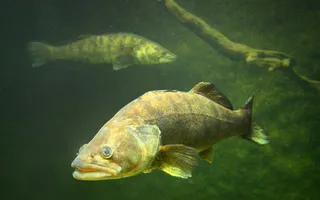Bitterling and our canals
Bitterling are a non-native fish species. In the UK, they live in small lakes, ponds and slower-flowing rivers, where they feed on algae, plant matter and tiny invertebrates.
How to identify a bitterling
Bitterling have a narrow and flattened body with bright silver and iridescent light purple sides. They have long bright orange dorsal and anal fins, with white pectoral and pelvic fins. Their eyes are large and golden red in colour, and they have slightly upturned mouths. Bitterling have an incomplete lateral line, extending to only 5-6 scales.
Lifecycle of a bitterling
This small fish, typically 6cm in length, has a remarkable breeding system and unusual life cycle.
The female lays her eggs in April and May through an ovipositor into freshwater mussels, which protect the eggs from predators. Ovipositors are tube-like organs, typical among insects, that lay eggs.
The fertilised eggs hatch in two or three weeks, staying within the mussel for about a month. Males adopt and defend a well-defined territory.
Where to find bitterling
The bitterling has been found in the Llangollen Canal and Shropshire Union Canal for decades, and appears to have little impact on native fish stocks.







